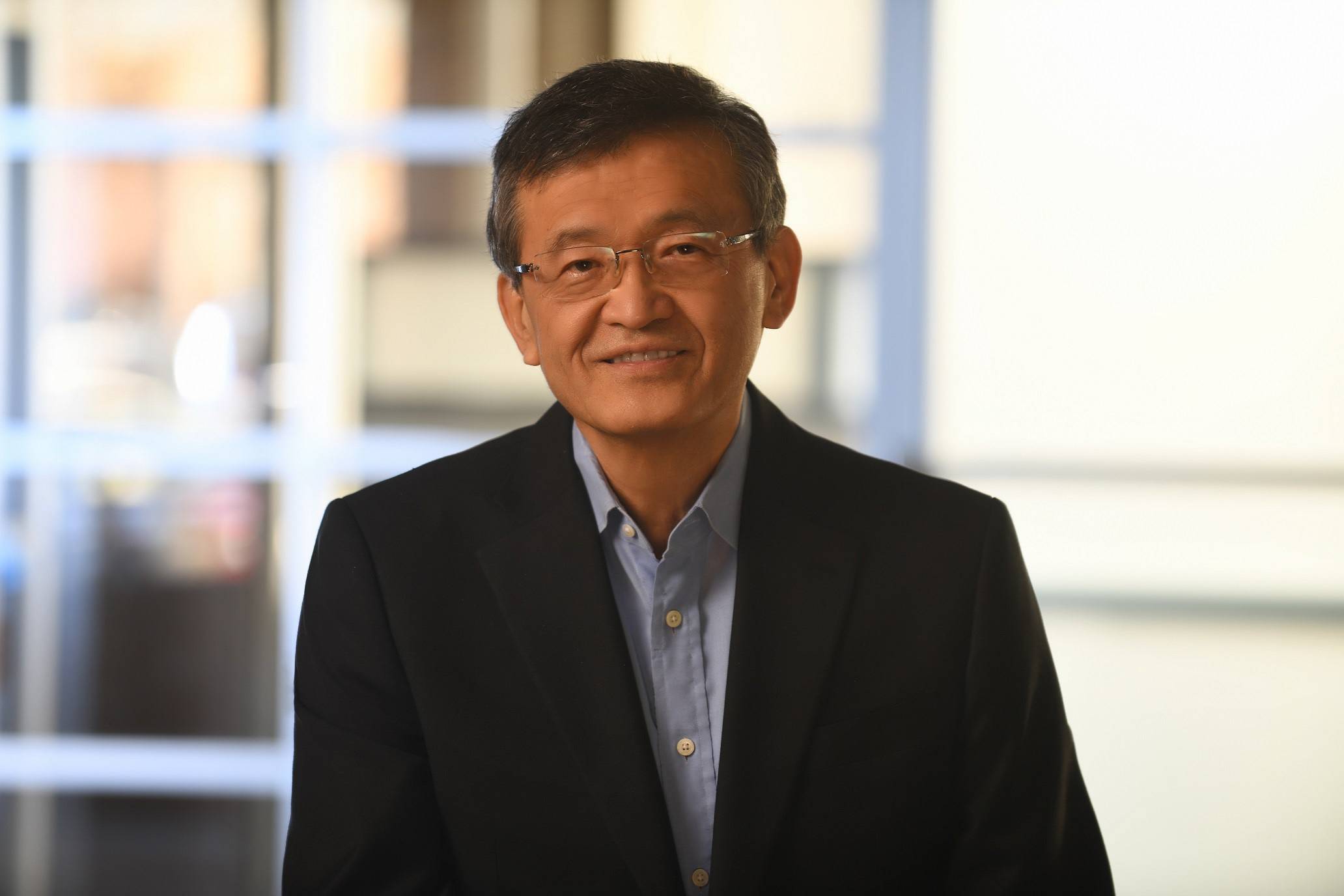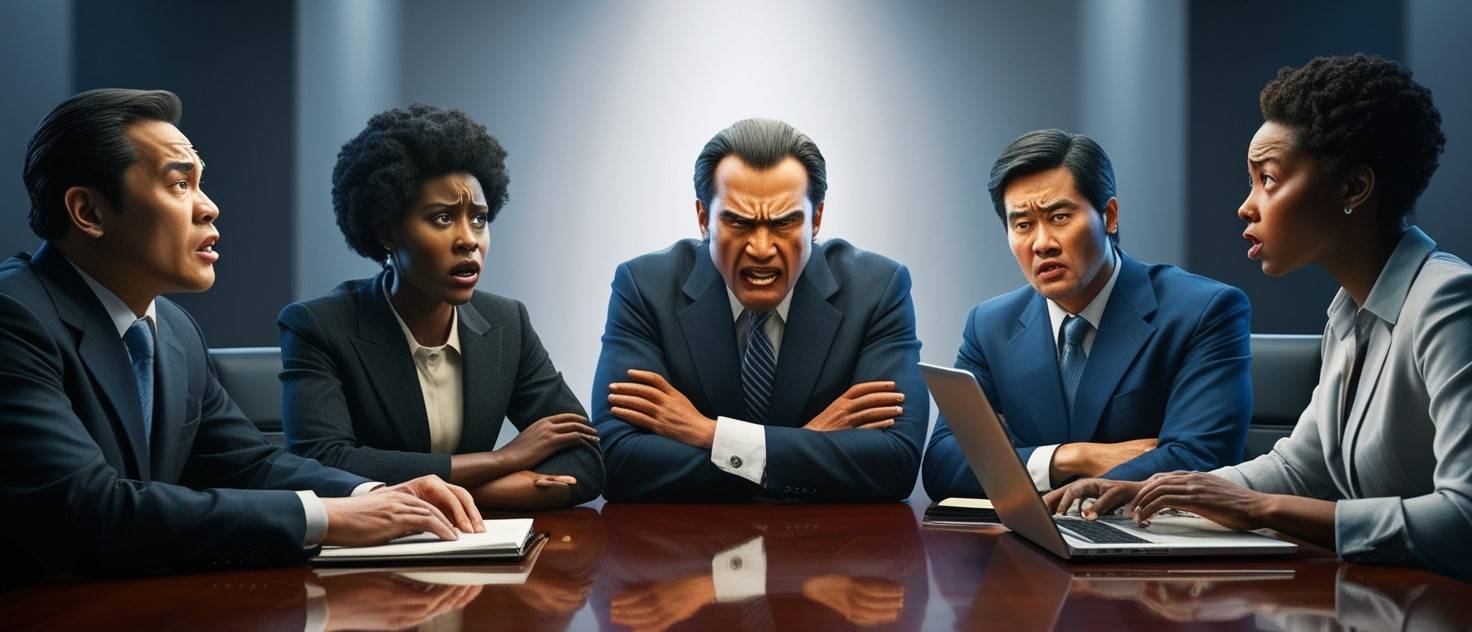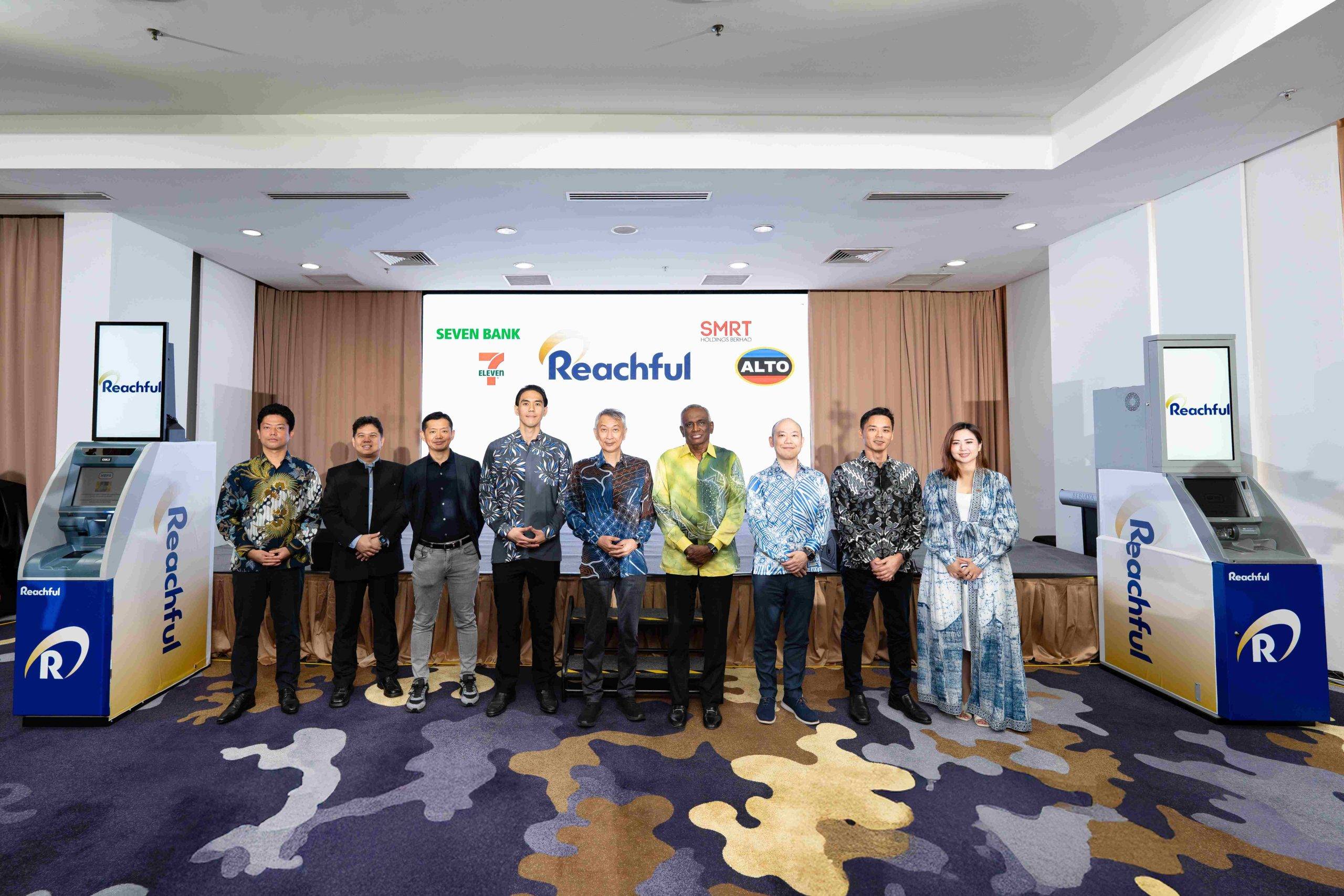A clean battery energy future may hinge upon digital twin technology to simulate safe, optimum, and efficient battery design and production processes. FREYR leads the way with Siemens’ hardware and software to support it.
During the Siemens Realize LIVE event in Las Vegas, a very interesting speaker had gone on stage to share how they work with Siemens to implement solutions and achieve business outcomes.
Tom Jensen, chairperson and co-founder of FREYR Battery talked about clean energy solutions, why it’s important and how the use of AI, digital twins, and other digital technologies in collaboration with Siemen can make a sustainable battery-powered future possible.
The world’s cleanest battery solutions
Tom Jensen introduced FREYR Battery as being founded in 2018 based on the idea that it could harness the hydro power might of Norway, combine it with the country’s process-intensive and energy-intensive industrial experience, as well as leverage Norway high penetration of electric vehicles (EVs), to start to build one of the most complicated industrial processes on the planet, namely batteries.
FREYR had selected and licensed their initial battery technology from MIT, which enables larger and thicker battery electrodes, and he further explained, “It has a battery design and a production process that enables this, for ultimately very large and very thick batteries.”
Expressing that FREYR is looking at ways to complement the technology with other solutions and the challenge of an exponentially growing market, Tom also said, “So we are looking into ways to partner with established conventional top-tier battery manufacturers to see if we can speed up the pathway to production at scale.”
Leveraging technologies and partnership
In 2023, Siemens announced a collaboration with FREYR to work on the entire battery design and manufacturing process, from production design, planning and simulation; product design and simulation to the automation of the entire production process.

Siemens facilitates the efficient large-scale production of batteries with a comprehensive solution portfolio of software-based systems as well as automation and drive technology spanning the entire value chain.
Tom had commented in the 2023 press release, “AI, or digitally enhanced electrochemical cell design and manufacturing processes are the next frontiers in battery production, and this is a fundamental step.”
According to Tom, batteries combine about 13 to 14 different compounds with each taking on a variety of different permutations. “When you combine all of these varieties and permutations, you get a battery.”
“People sort of shake their heads when they hear this, but it actually boils down to how much energy you can store in these batteries and how heavy they ultimately become per unit.”
But this is a time-consuming and very expensive process, Tom pointed out and added that a virtual capability (via digital twins) to optimize the process of production can help to drive down cost, increase performance, and increase throughput.
Simulating the possible
“This is probably the most complicated and integrated system (ever) that (can potentially) benefit tremendously from computing, software-enabled hardware, and electrochemical transformation,” Tom said, admitting that FREYR leverages Siemens’ solutions to optimize the battery design as well as its production.
“And to be able to identify bottlenecks and identify areas where we can speed up production and just automatically optimize this production process, is critically important,” Tom said.
An example of the innovation that Siemens technology potentially drives, is basically the doubling to quadrupling of the energy density of batteries that we are using today. This is what simulation technology and the feedback loops it enables can make possible, according to Tom who stated that if such an increase in a battery’s energy density could happen, 80-percent of the aviation industry could run on battery electric, while shipping could be fully battery electric.

Tom Jensen, FREYR
“People sort of shake their heads when they hear this, but it actually boils down to how much energy you can store in these batteries and how heavy they ultimately become per unit.”
And FREYR may not be so far away from making it possible.
Last year, it announced an initiative to form a strategic coalition with four global industrial and energy companies to explore scaling up of sustainable battery solutions in Europe, North America and beyond. The goal of this coalition is to accelerate the energy transition across key sectors while scaling up clean battery production as well as incubate and develop innovative technology solutions together.
Besides Siemens being a hardware supplier in FREYR’s operational facility in Norway, Siemens also provides the software solutions to optimize them. “The (coalition) is focusing on how we can connect the dots between the different parts of the value chain and Siemens’ collaboration is absolutely core to this,” Tom emphasized.








